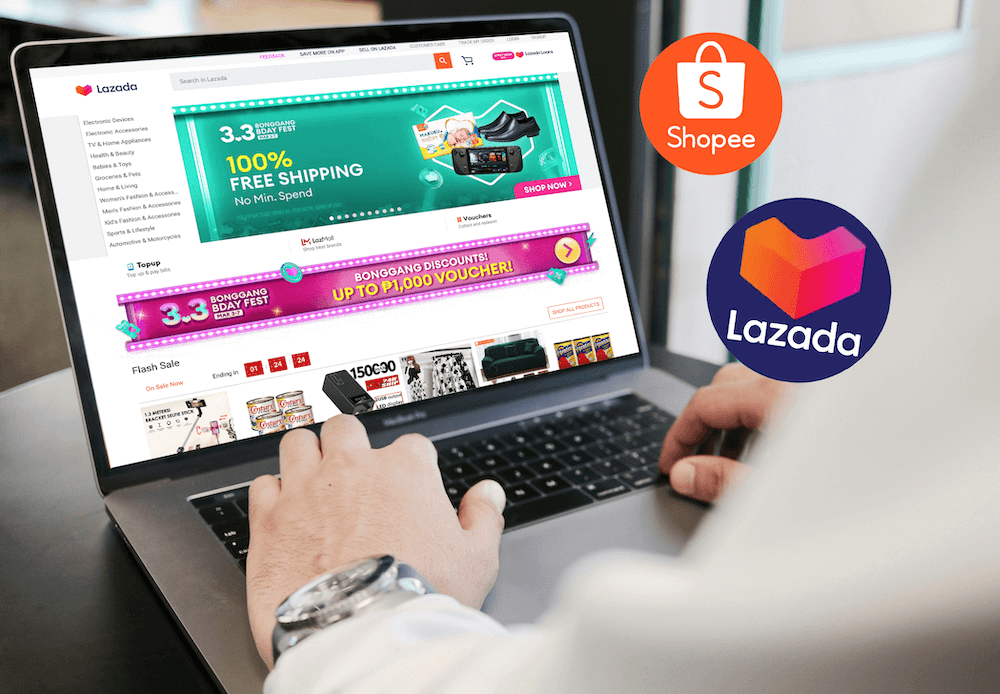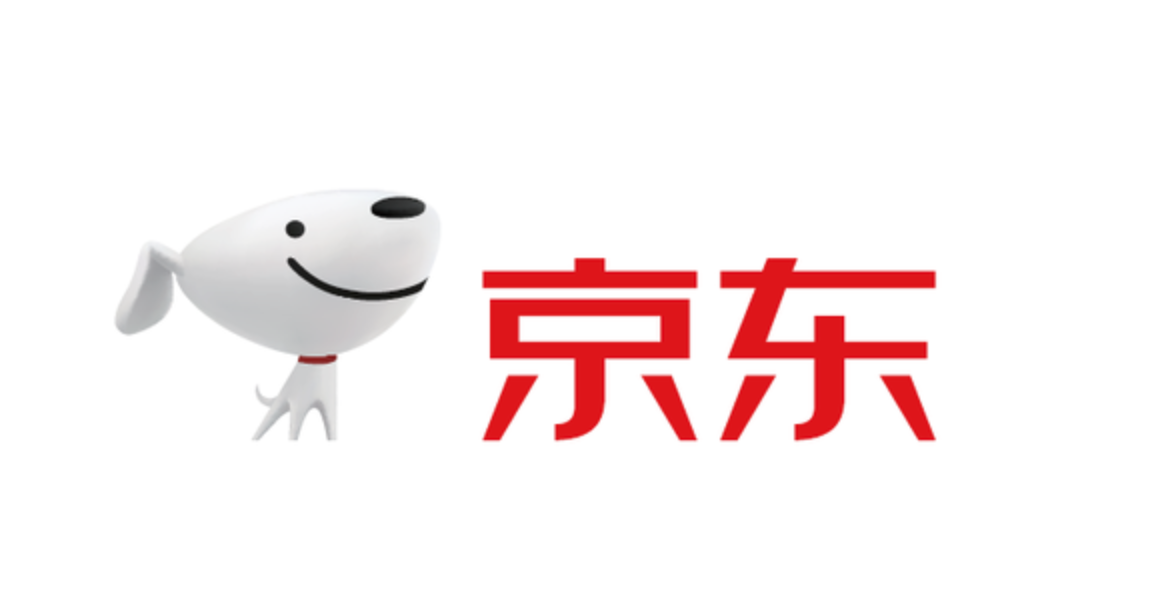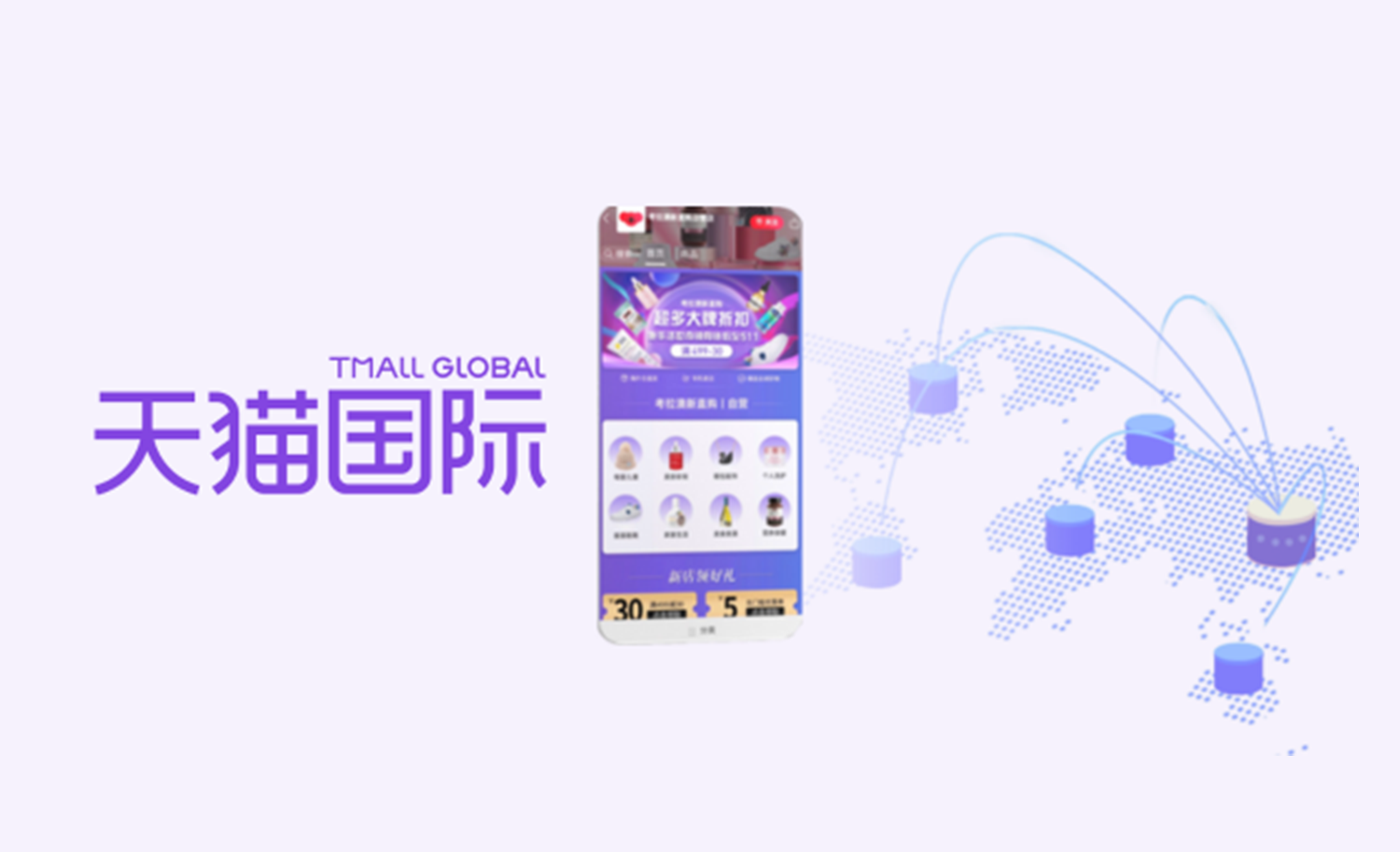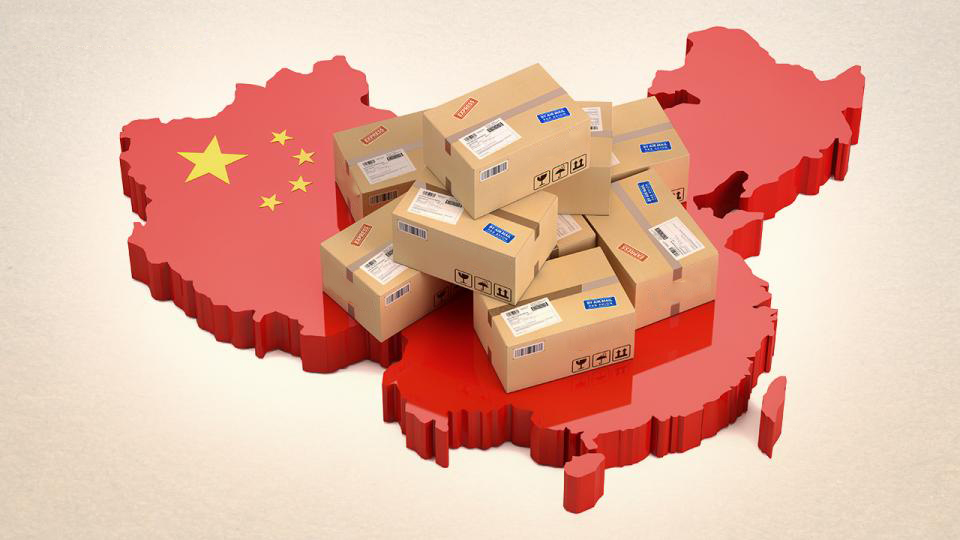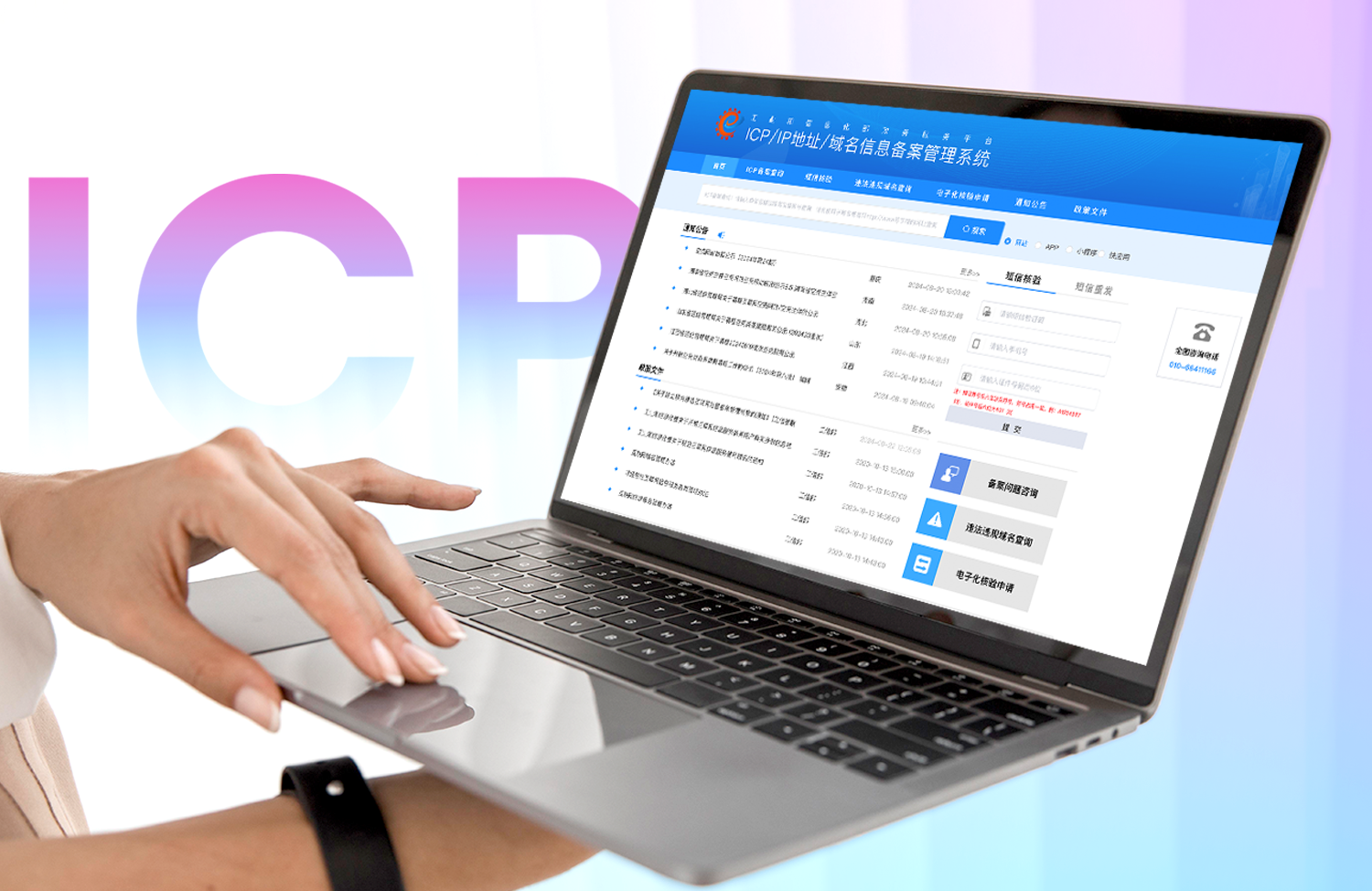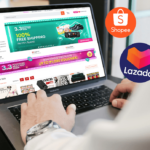Normally, there are two kinds of apps: native app and Compared Native App and Web App DevelopmentYou find yourself standing in from of a roadsign with "Web ap" and "Native app" on it, here are the upsides and downsides of either way.web app. Today we'd like to discuss what should be considered in terms of our business.
Nowadays, people are not keen on download so many apps. As a result, it's getting harder and harder to get users. Take an example of Baidu Android Market, it costs 15 thousand RMB/day to promote our app in the banner of first page. And it costs 39 thousand RMB/day for putting our app in "Popularity Apps" area.
But for web app, it is light and easy to maintenance. And people can easily access it through many platforms like Wechat. As a result, web app has shown its advantages.
However, there are 4 things to consider before we choose to develop a web app or a native app.
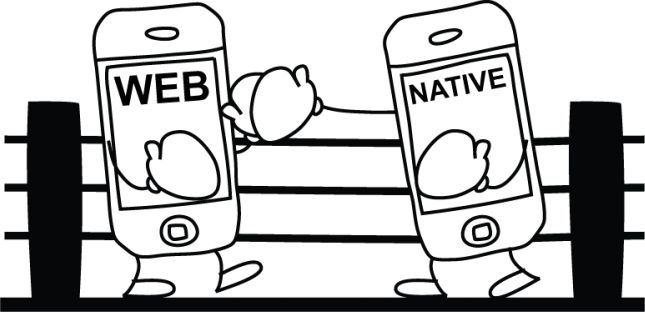
Advantages:
HTML5 could be used in different platforms. And it needs product manager, front-end designer and backend designer. But for the development if native app, it needs IOS developer, Android developer, project manager, front-end designer and backend designer. As a result, the development cost of a native app is almost 3 times more than a web app.
Furthermore, sometimes native apps need to be approved to enter app markets or app stores. It also takes a long time. But for HTML5, users can even access it through browsers or Wechat.
Disadvantages:
HTML5 app is rely on browsers and internet. Basically it cannot store files locally. And if the internet is not good, it will really affect the user experience when we upload or download something.
And for the user interaction, native apps can easily accomplish some complex effect. But for web apps, too much javascript will make the app slow.
Requirements:
The aim of development products is to meet users' requirements. Normally all mobile products can be divided into two parts: one is tools for example photos and flashlight. The other one is aim at provide some information for example maps and McDonald's.
No matter tools or information apps, we should consider the following three things:
- Core function
- Additional function
- Operation requirements
Scenarios:
What is your audience? When will they use your products? It really affect the user experience in different scenarios.
For example, many people look at their mobile phones in subway. And they will be interrupted by the crowded. And they may also be interrupted by messages or telephones while using the app. So a good user experience should be able to avoid these distractions.


